A French press is a valuable addition to any coffee lover’s kitchen. I’ve had my stainless steel press for over a decade now — and it is still going strong, despite constant abuse — always ready for that moment when I need an intense cup of coffee you can only get by using a French press. However, that’s not all it can do.
Sure, coffee itself will always be enough to justify the existence of your French press, but as long as you’ve got it, you might as well use it as the secretly versatile tool it is. Before we start discussing alternate uses, however, a word of caution: Alternating between hot and cold items in your French press can cause it to shatter. Always let your press return to room temperature between uses.
Mix cocktails
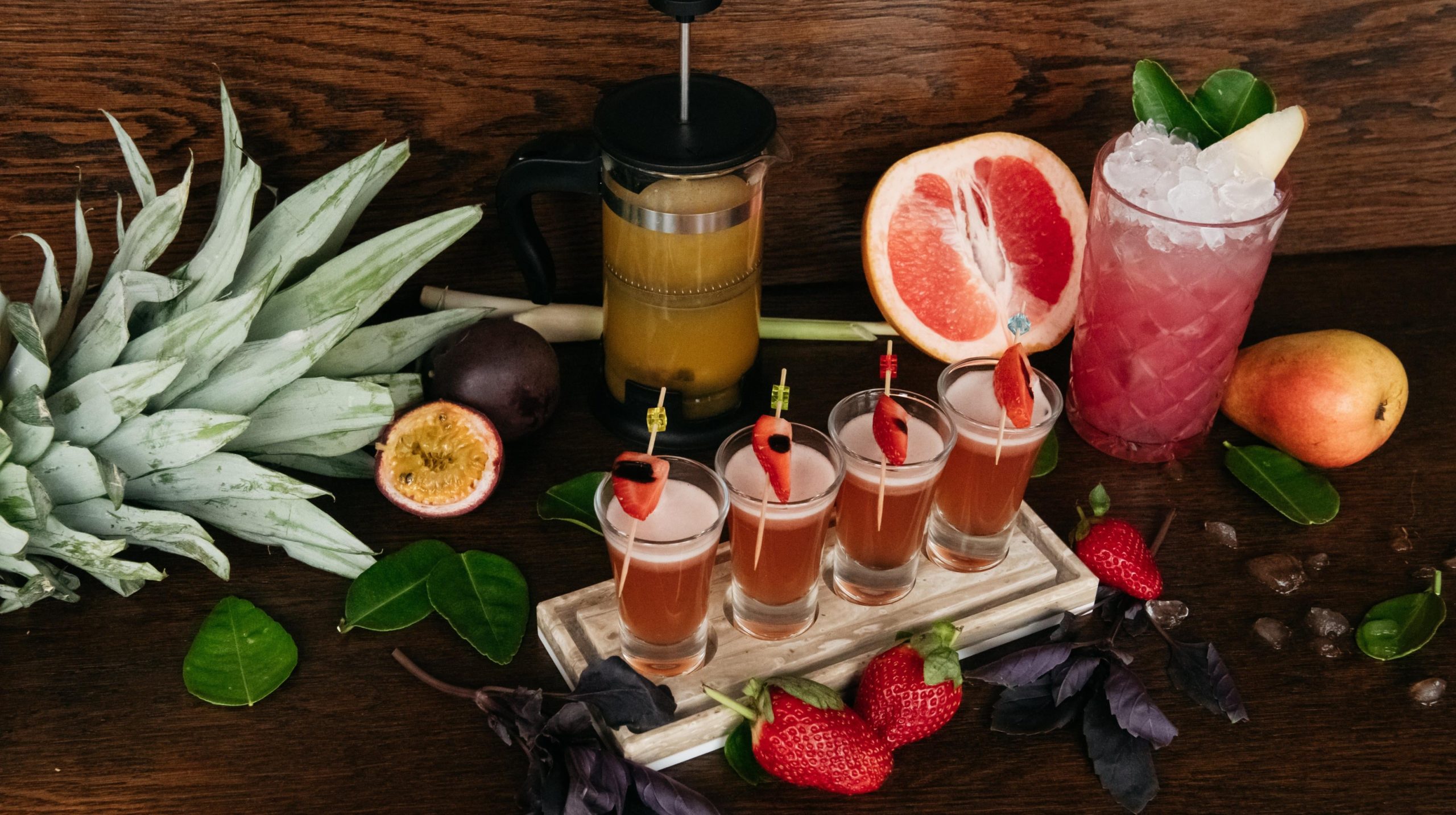
If you, like me, don’t make cocktails at home often enough to justify buying a cocktail shaker, your French press can mix your cocktails for you. This works especially well if you are making a cocktail with solid ingredients, such as fruit or herbs, that need to be strained before drinking.
To make your cocktail, add in your ingredients, and pump the plunger up and down to mix. If you want a dirty cocktail, remove the lid before pouring. If you want to strain the solids out, push the plunger all the way down before pouring into a glass.
Press your own juice
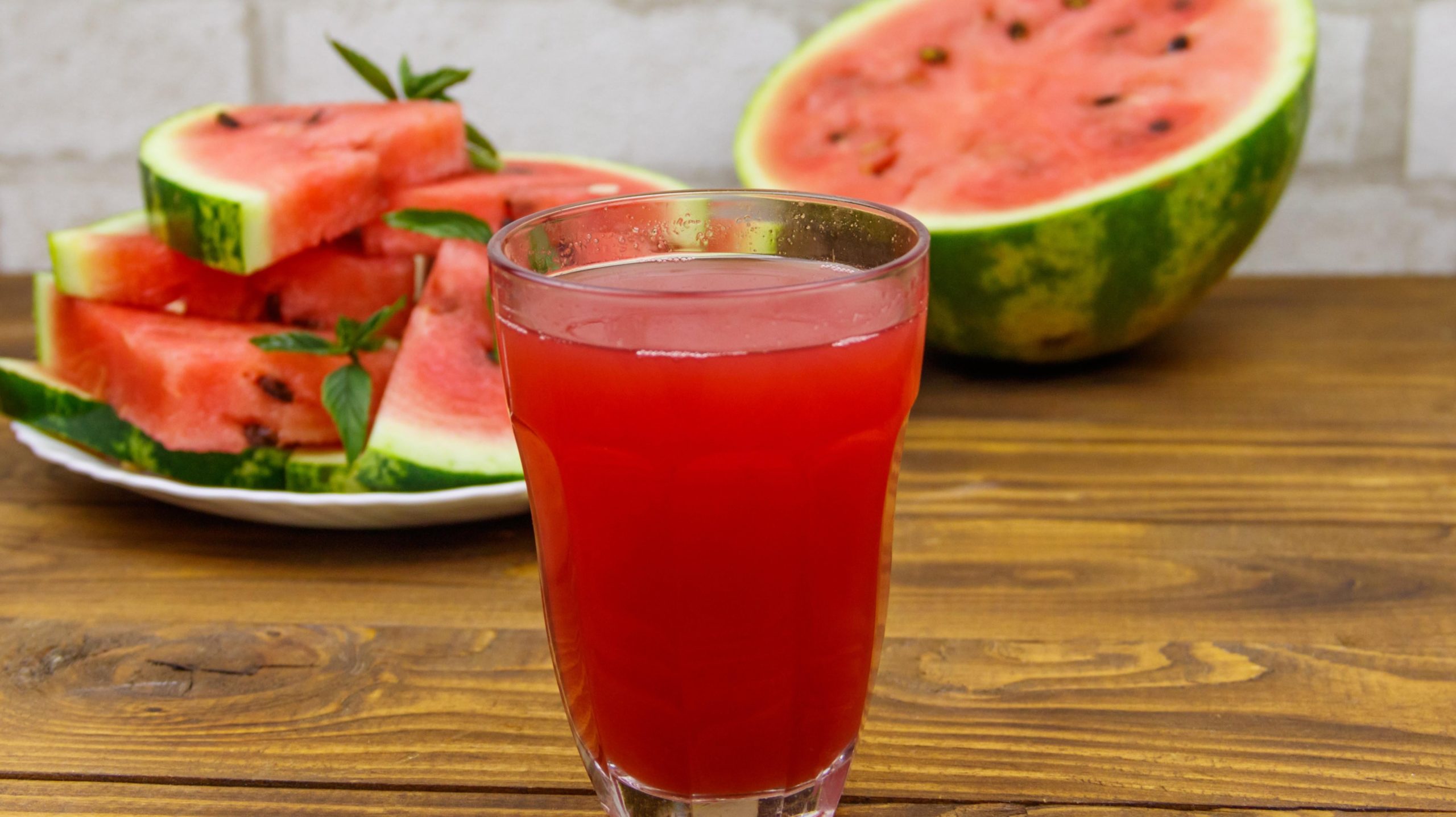
Your French press can be used to make homemade pressed juice from fruits like watermelon, albeit the process is a little more complicated than what you’ll read online. The instructions I found were to put small cubes of fruit into the press, mash to get the juices flowing, then press down the lever to strain out the juice.
When I attempted to make juice with a leftover watermelon, though, I found that simply cutting up the fruit and mashing it a bit resulted in a stuck French press, mostly likely because the filter is too fine to strain that much liquid from that amount of solids.Instead, I threw the watermelon cubes into the blender, strained the mixture with a sieve, and then filtered it out even further using the French press. The result was a very sweet, fresh watermelon juice with an intensely pinkish-red colour. I’ve bought pressed watermelon juice from the store before, and this was far better.
Make a Brazilian limeade
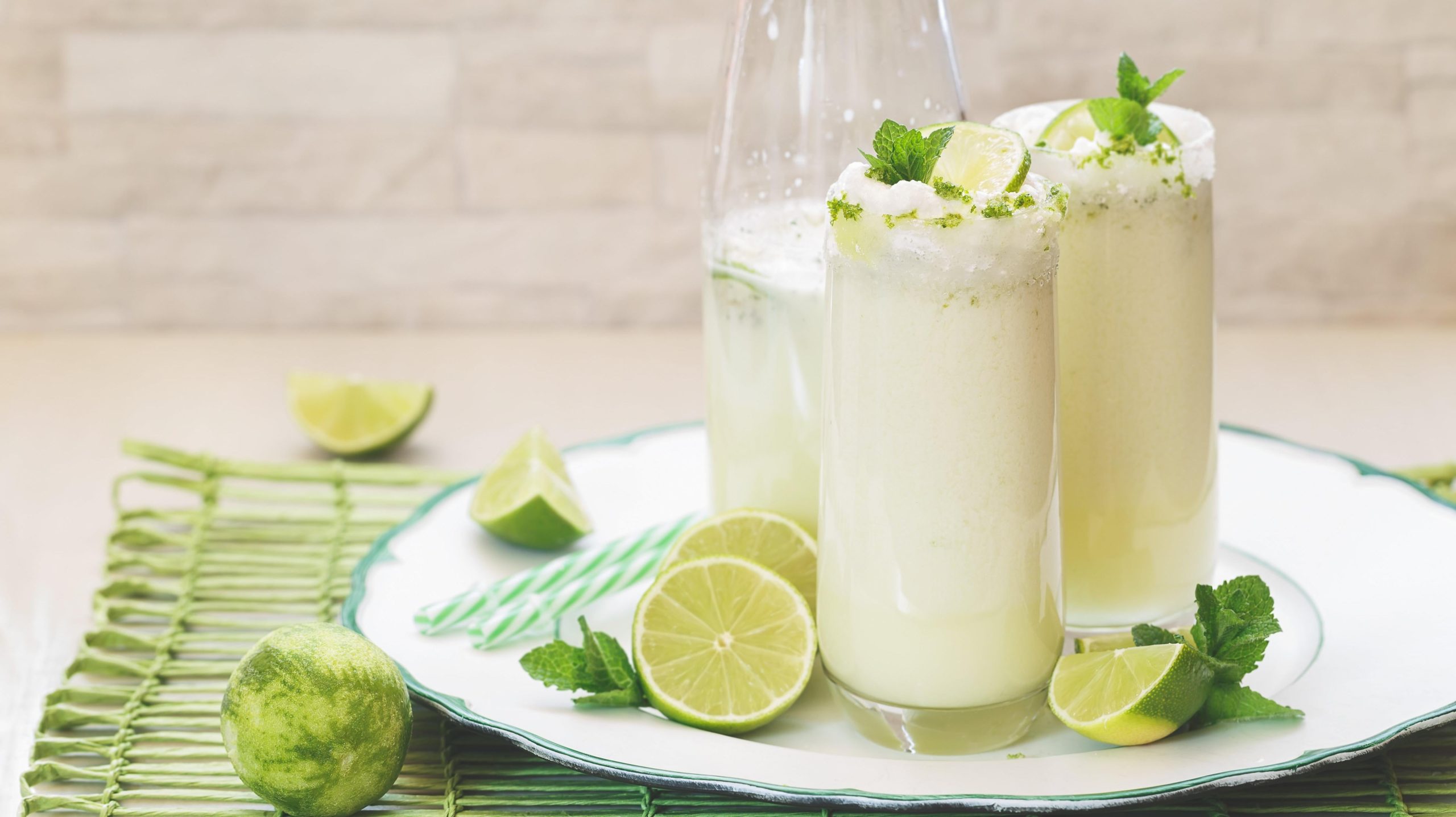
Given the success of using a French press to make fresh juice, I decided it was time to try a small batch of Brazilian limeade. To do this, I cut two whole limes, peel and all, into eighths, put them in a blender with ¼ can sweetened condensed milk and two cups of water.
After pulsing this mixture for 5-10 seconds — just enough to quickly chop up the limes, but not enough to release the bitterness from the peel — I poured the mixture into the French press, using the plunger to strain the solids from the liquid. This took a recipe that was already easy and mde it even more simple.
Make fresh whipped cream
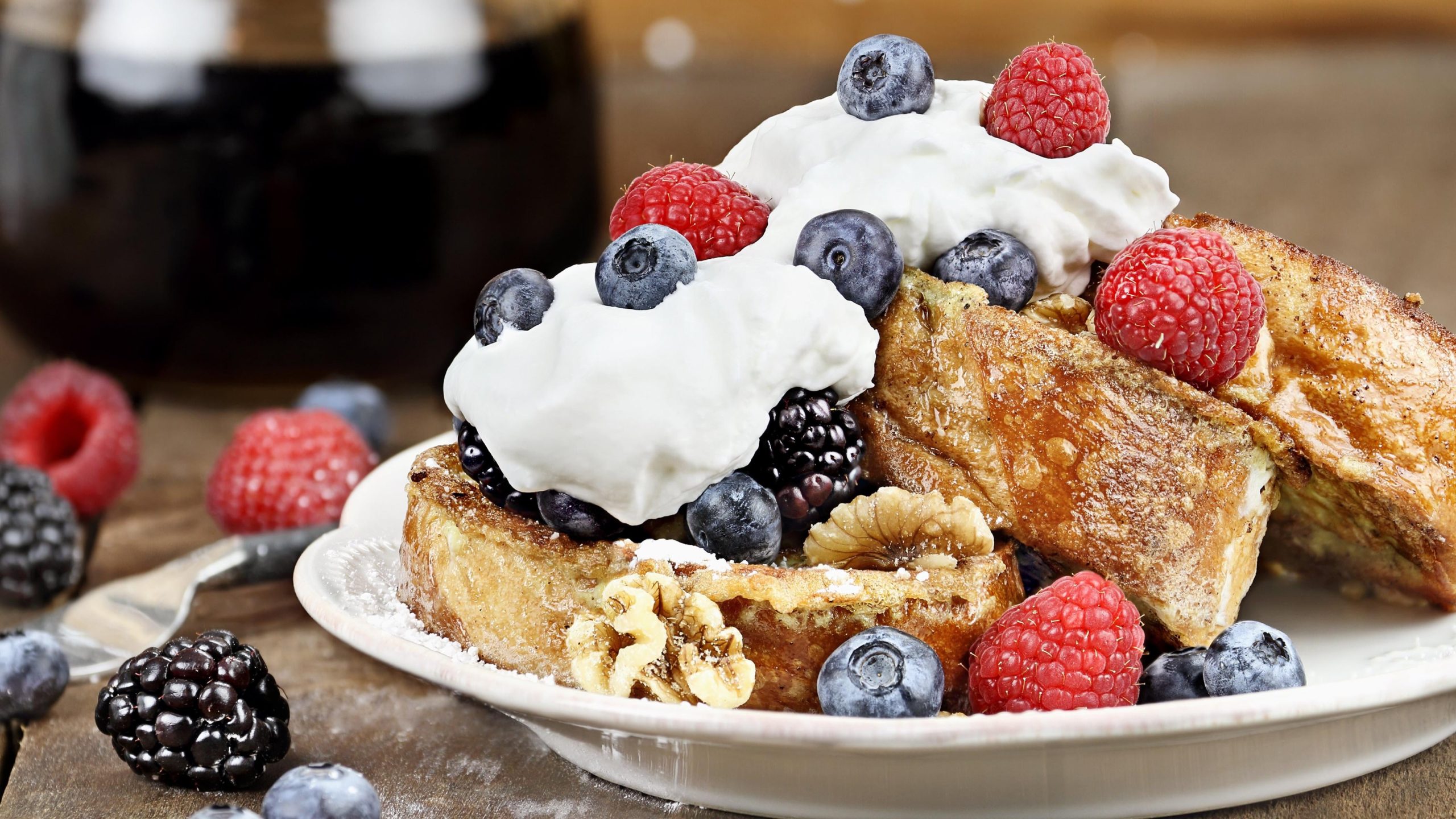
Yes, you can use your French press to make whipped cream. To do so, fill it about a quarter of the way with whipping cream, add in 2 tablespoons of powdered cream, then pump the lever up and down for a few minutes, until peaks start to form.
Drain and strain grains
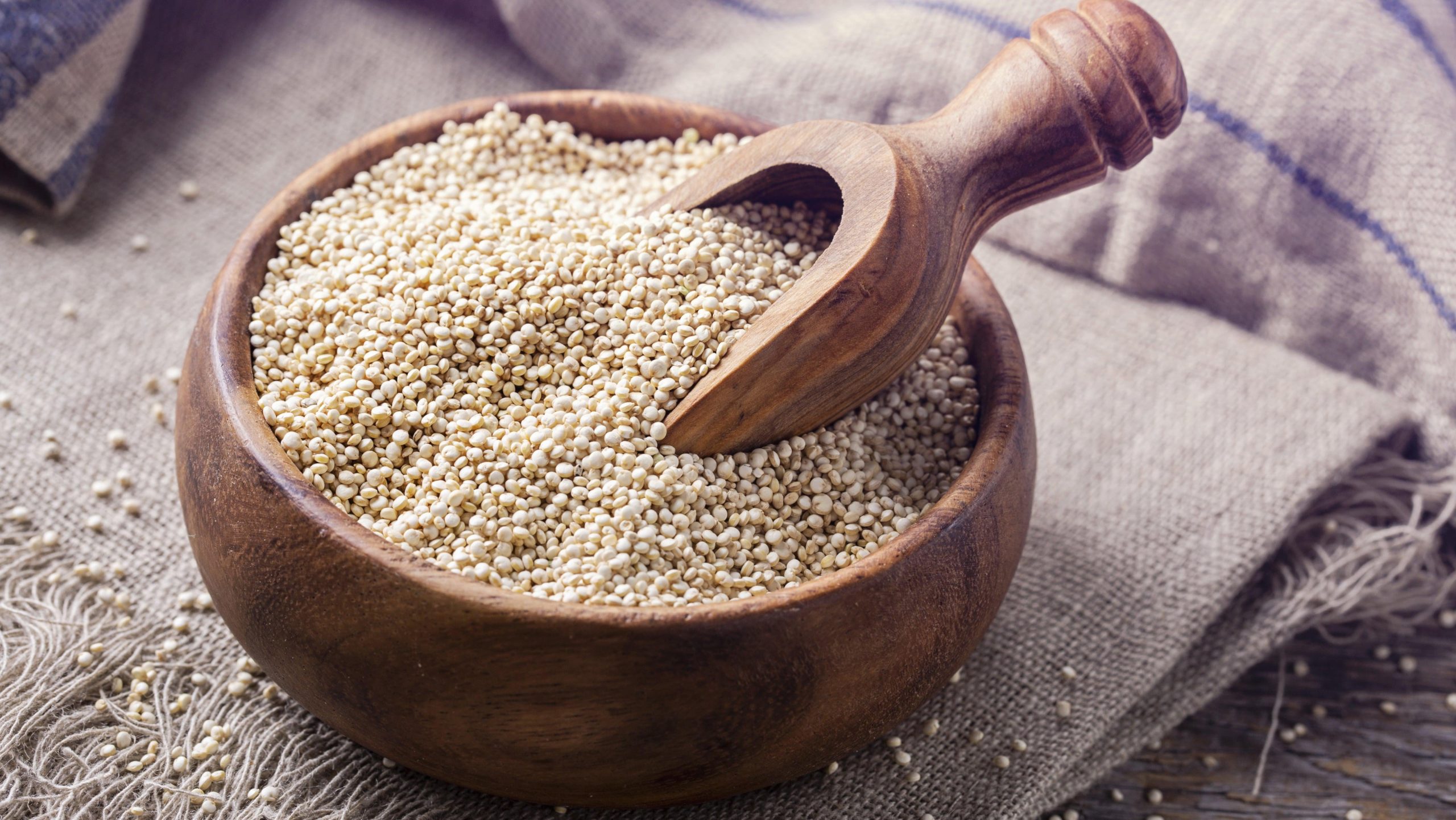
A French press’s main job is strain fine particles from liquid. Normally, this is in the form of coarse ground coffee, which gets strained out from the hot liquid it is steeped in. However, if you have a very fine grain, such as quinoa, which might otherwise escape from your regular strainer, you can use a French press. To do this, put in your grains, add some water, swirl it around to rinse, then press the plunger out to drain off the liquid.
In a similar vein, you can use your press to drain extra liquid from a lot of things, such as defrosted fruits and vegetables and homemade soup stocks.
Rehydrate dried foods
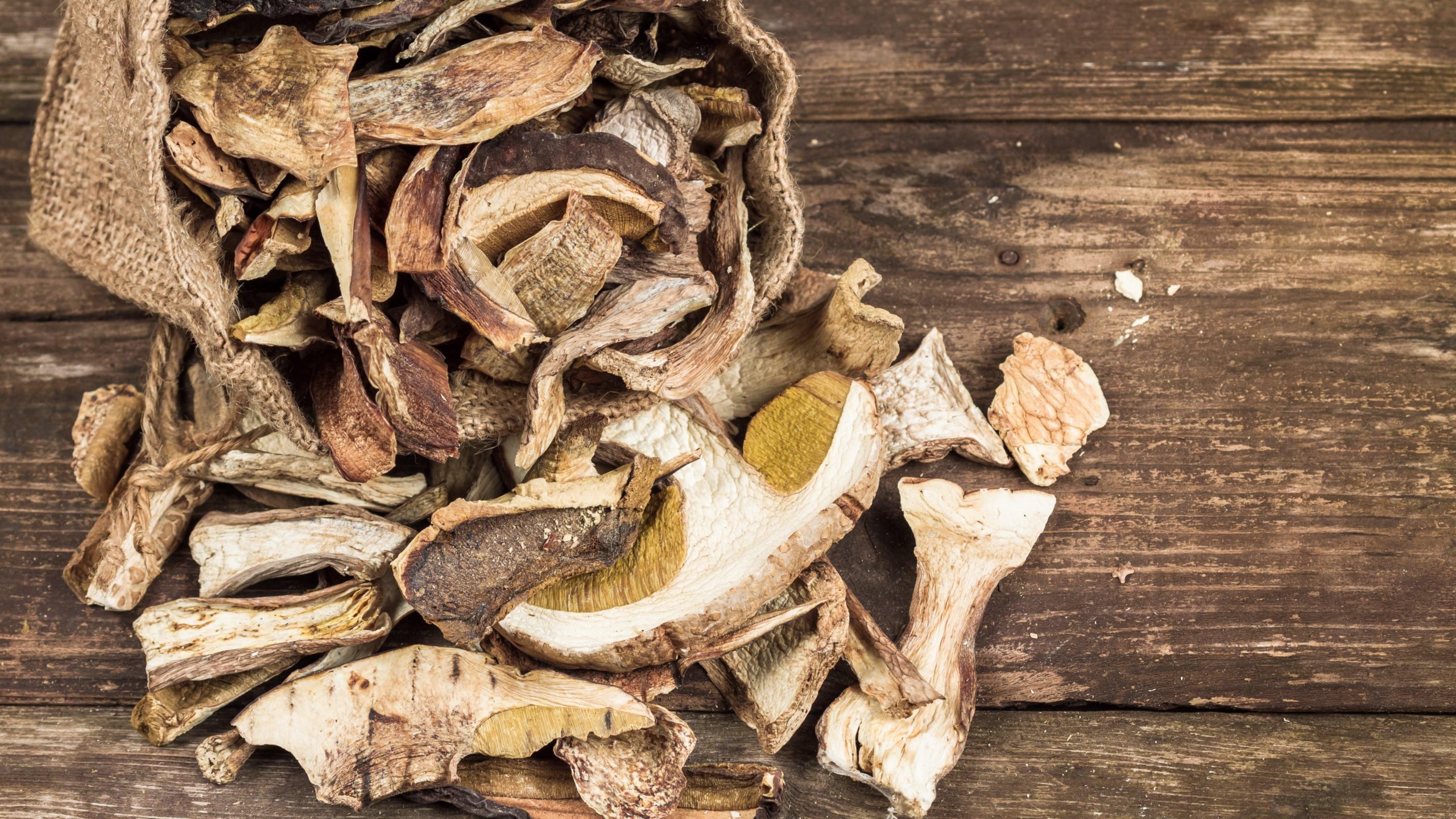
Need to rehydrate some dried vegetables? Use your French press! Put the dried vegetables in and cover with water. If you use cold water, you’ll want to put them in the refrigerator for several hours to overnight. If you are using boiling water, you’ll want to soak them for 1-2 hours. Once the vegetables are rehydrated, you strain them by pushing the lever down and pouring out the liquid.
Infuse your water
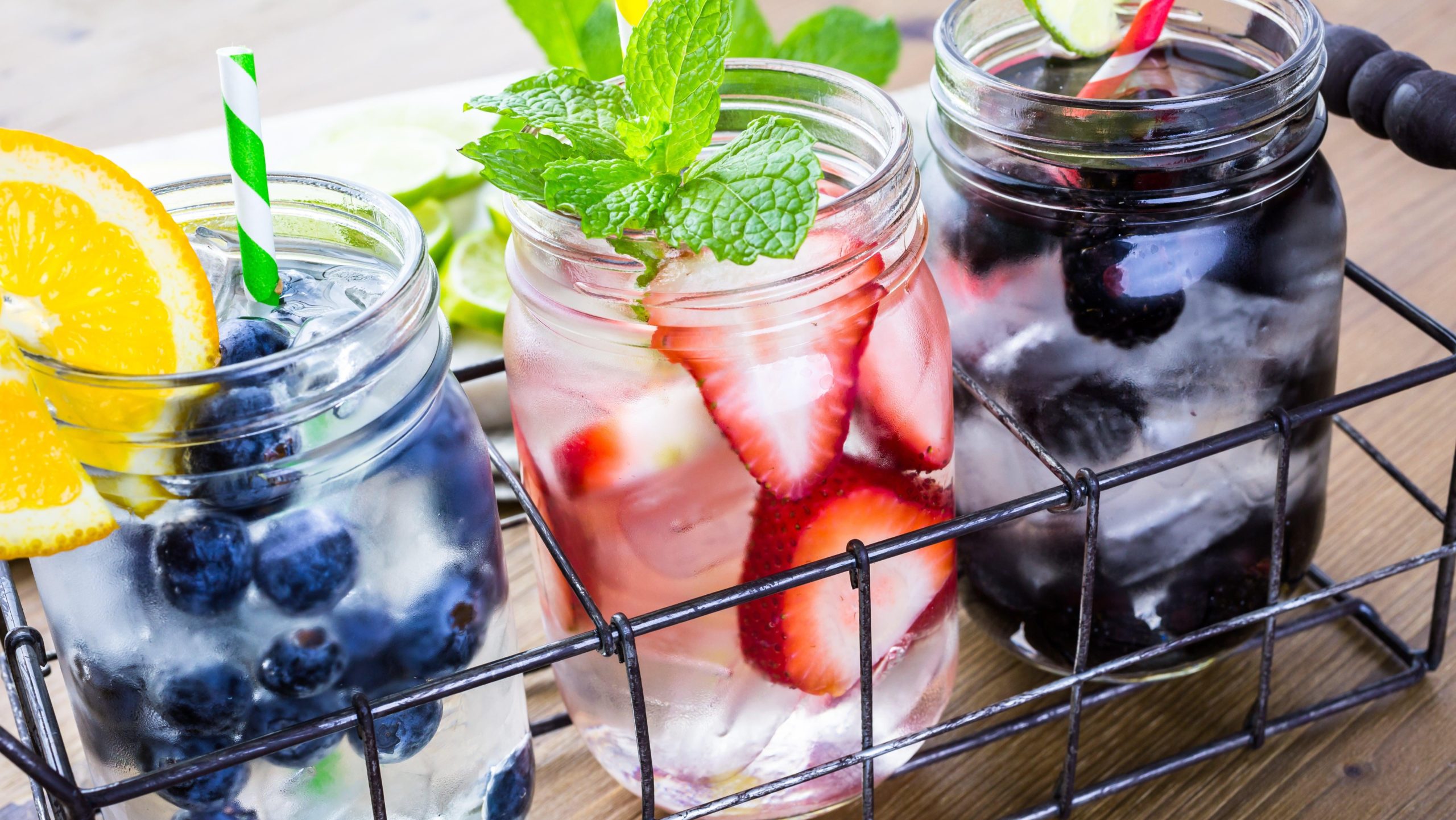
You don’t need a special bottle to infuse your water with flavour — because you have a French press. To infuse your water, add fruit or herbs to your French press, cover them with water, and place it in the fridge overnight. Once it’s had time to infuse properly, press the plunger down, and pour out your water.
In a similar vein, you can use your press to infuse other liquids, such as milk or oils.
Self-cleaning your French press
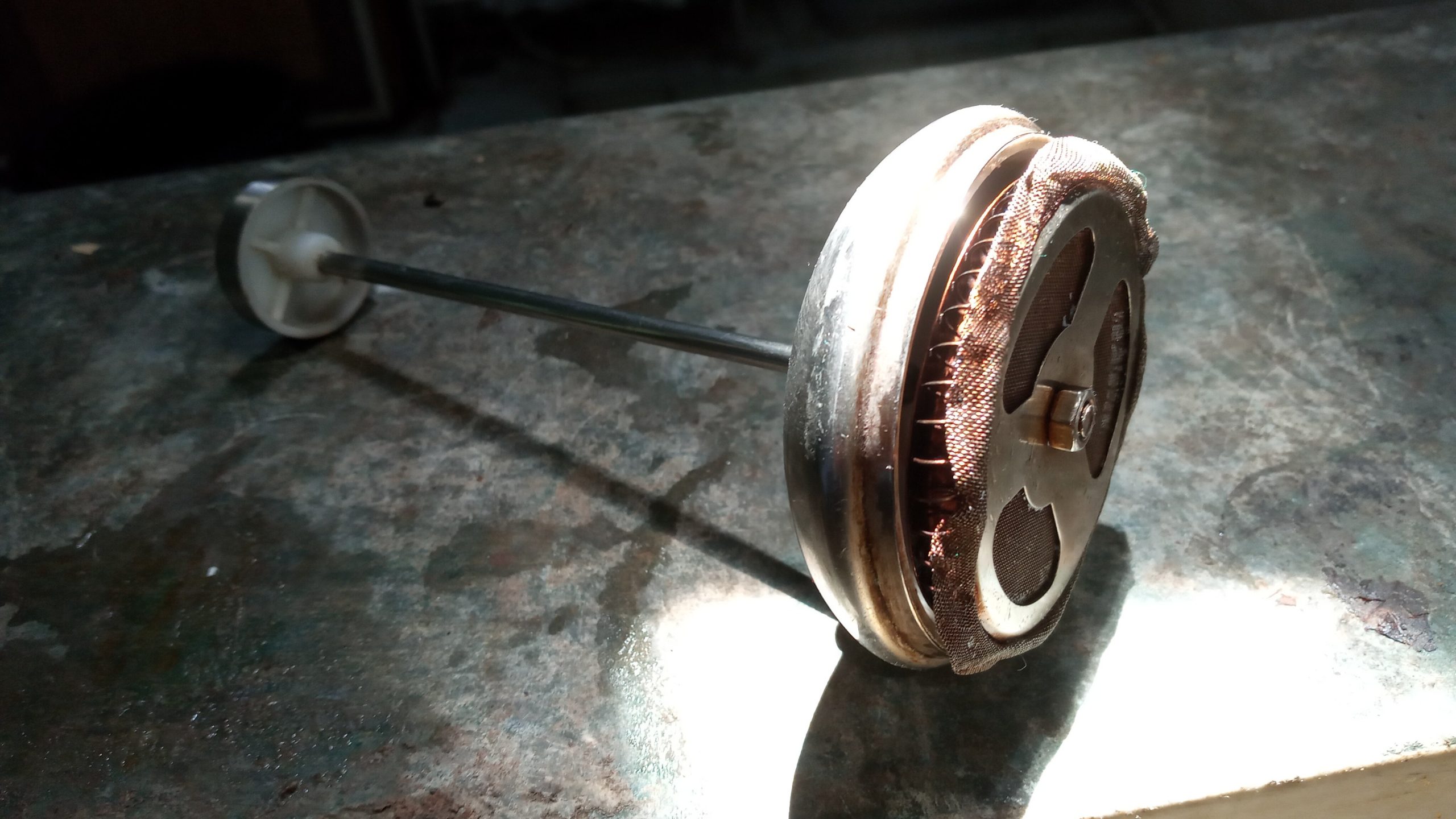
Once you’ve finished using your French press in whatever capacity you desire, cleaning it is even easier than you realise: Simply fill it with warm water, add in a little dish soap, and push the plunger up and down to clean, then rinse out.

Leave a Reply
You must be logged in to post a comment.